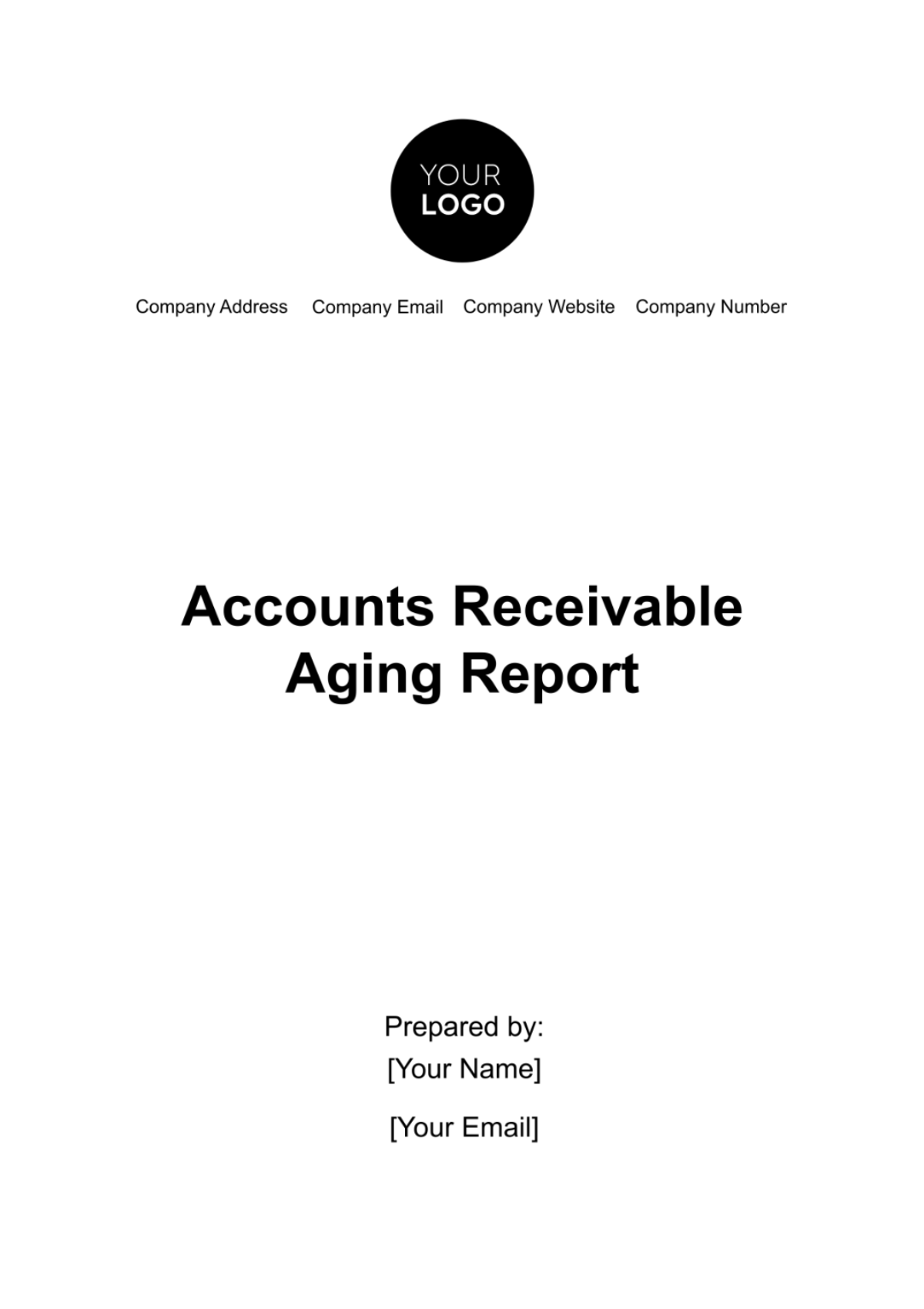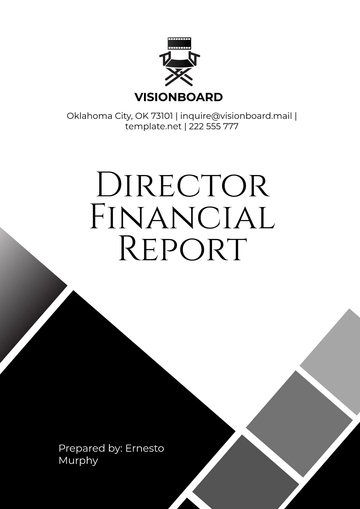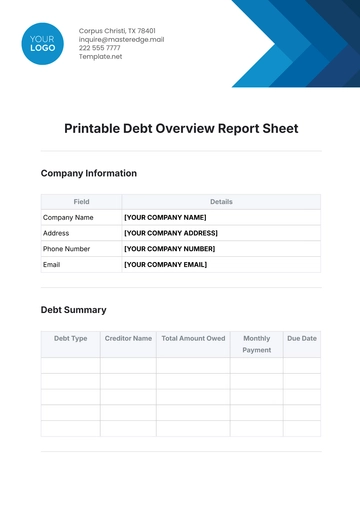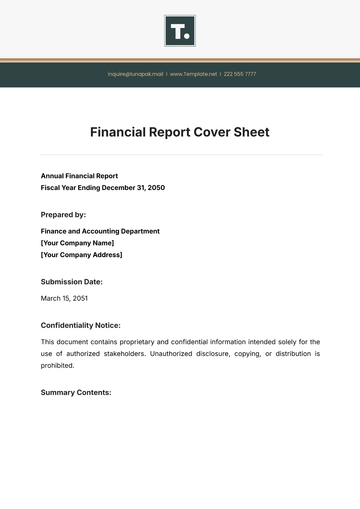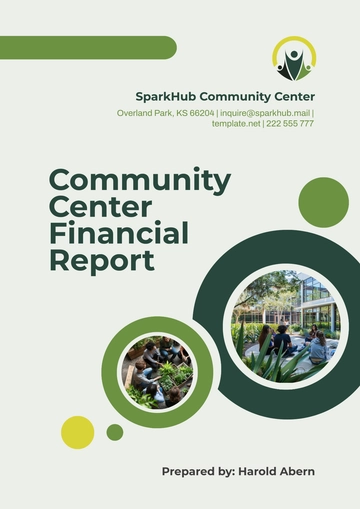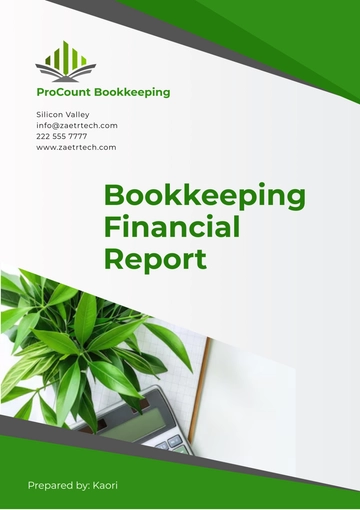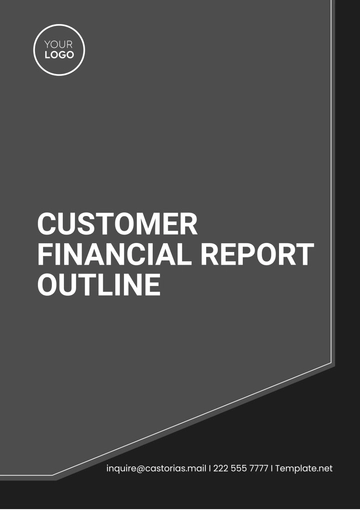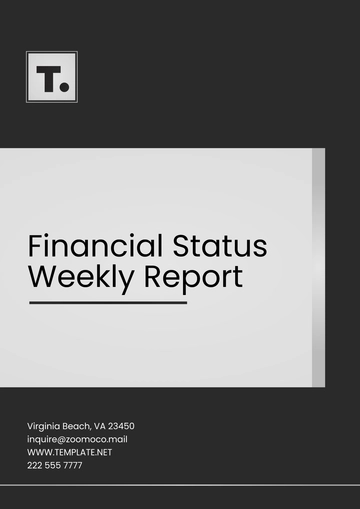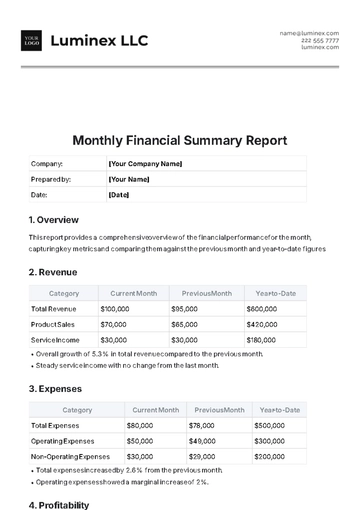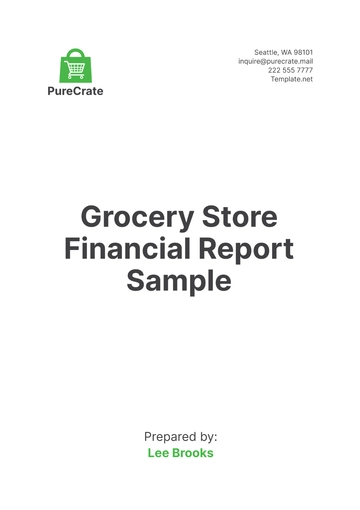Accounts Receivable Aging Report
I. Executive Summary
This report presents a comprehensive analysis of [YOUR COMPANY NAME]'s Accounts Receivable Aging, shedding light on past-due balances and credit practices. Employing a time band aging format, it efficiently categorizes outstanding receivables into distinct periods: current, 1-30 days past due, 31-60 days past due, 61-90 days past due, and over 90 days past due. By delving into individual client payment histories and behavior patterns, the report provides nuanced insights into client relationships. This detailed overview is instrumental in strategically managing debtor balances and fostering a proactive approach to credit control. The structured analysis equips the company with the information needed to make informed decisions, ensuring a resilient financial position and sustained success in accounts receivable management.
II. Accounts Receivables Aging
The graph below illustrates the distribution of our Accounts Receivables across different aging categories:
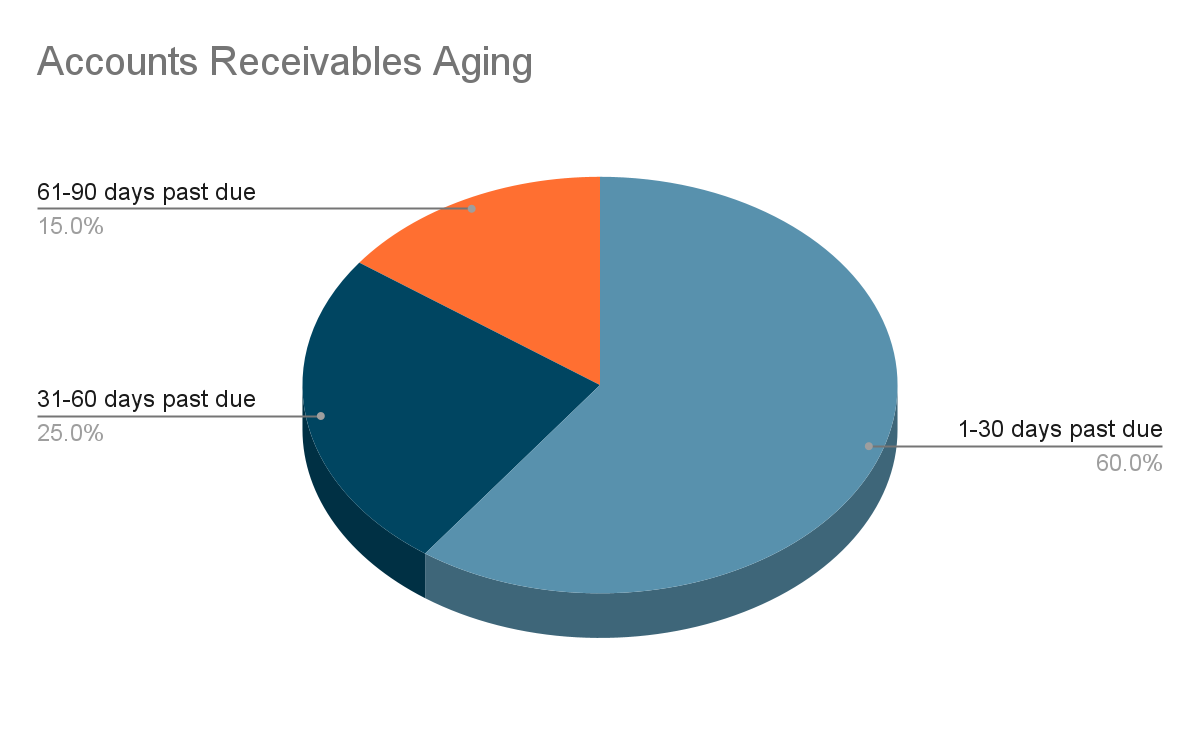
The graph reveals that a substantial 60% of outstanding balances are in the 1-30 days past due category. This indicates a commendable trend, suggesting a majority of our clients are meeting their payment obligations promptly within the current billing cycle, contributing positively to our financial stability. The 31-60 days past due category constitutes 25%, reflecting a moderate delay in settlements, while the remaining 15% aged over 60 days highlights a subset requiring more immediate attention. This comprehensive view enables strategic decision-making in credit control and cash flow management, emphasizing the importance of maintaining effective debtor balance management practices for sustained financial stability and liquidity for [YOUR COMPANY NAME].
III. Individual Client Analysis
The table below presents a snapshot of individual client payment behaviors:
Account Number | Payment History | Aging Category |
|---|
ACCT-1971431 | Consistently on-time payments | 1-30 days past due |
| | |
| | |
| | |
The analysis of individual client accounts aims to tailor our credit control and collection efforts, optimizing interactions based on individual client needs and payment patterns. Account Number ACCT-1971431 consistently makes on-time payments within the 1-30 days past due category. This account's prompt payments contribute positively to our cash flow, indicating a strong and reliable financial relationship. ACCT-1971431 serves as a model account, showcasing the benefits of timely payments for both the client and [YOUR COMPANY NAME]. This account's reliability allows for potential opportunities to extend credit terms and foster a mutually beneficial financial partnership. Understanding and replicating positive payment behaviors, as exhibited by ACCT-1971431, can further enhance our overall credit control strategies and contribute to sustained financial success.
IV. Recommendations
The following recommendations are tailored to address specific challenges identified in the report:
Timely Client Communication
Initiate proactive communication with clients whose payments are 60 or more days overdue. Send reminders and engage in open dialogue to understand any challenges they may be facing in meeting their payment obligations.
Suspension of Overdue Accounts
Consider suspending services or transactions for clients whose debts exceed 90 days. This step ensures that resources are not extended further until outstanding balances are settled, protecting the financial interests of [YOUR COMPANY NAME].
Credit Policy Review
Conduct a thorough review of our credit policies, particularly in relation to payment terms. Consider implementing stricter terms for clients who consistently pay late, ensuring a more robust credit control system.
Customer Engagement Strategy
Develop a targeted engagement strategy for clients in the 31-60 days past due category. This may involve personalized communications, offering flexible payment plans, or providing incentives for early settlement to prevent further delays.
Continuous Monitoring and Adaptation
Establish a regular monitoring system for the report. Regularly adapt credit control strategies based on evolving client behaviors and market dynamics to maintain an effective and responsive financial approach.
V. Conclusion
The report highlights an impending risk of increased defaulters, potentially impacting our company's liquidity. Regular monitoring of this report is essential to systematically manage due amounts, ensuring smoother cash flows and maintaining financial stability. By addressing overdue accounts and implementing proactive credit control measures, we can mitigate potential risks and foster a more resilient financial position. A strategic focus on customer engagement, timely communication, and continuous adaptation of credit policies will contribute to a robust and responsive financial approach. Overall, vigilance in monitoring the report serves as a proactive measure to safeguard the financial health of our company.
Accounting Templates @ Template.net
